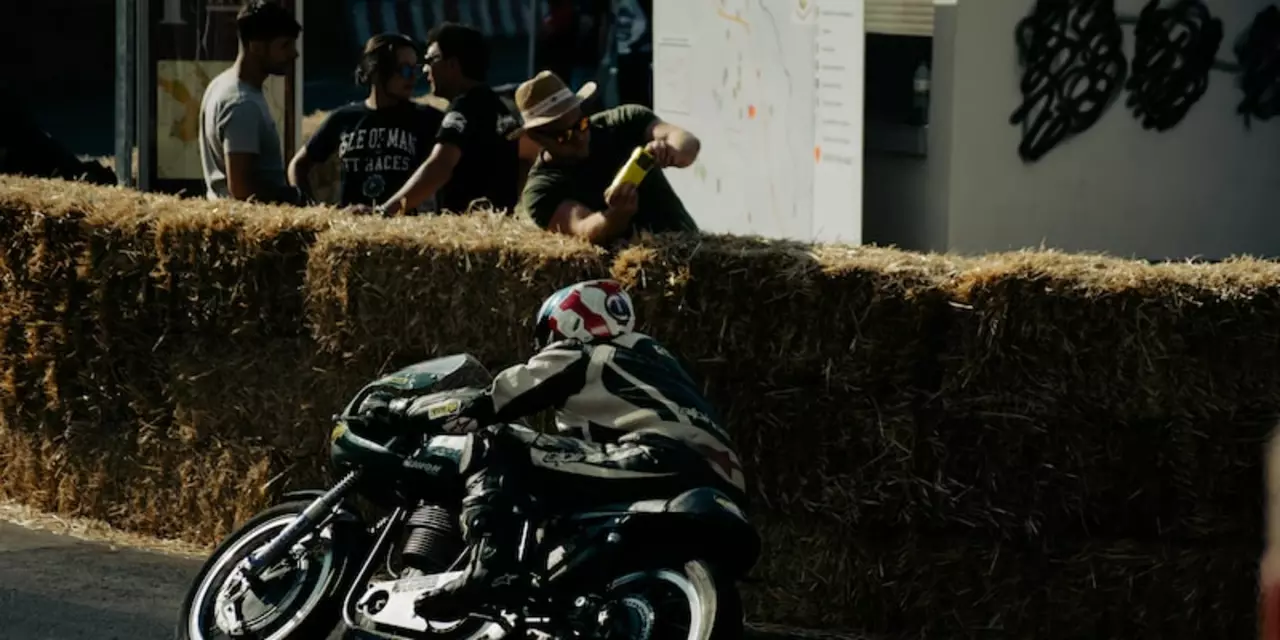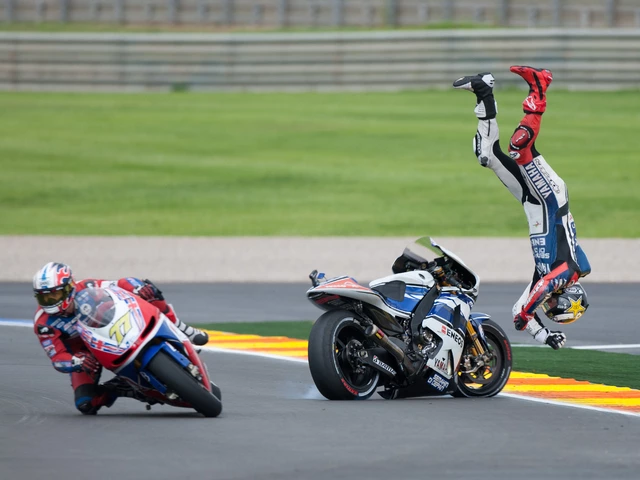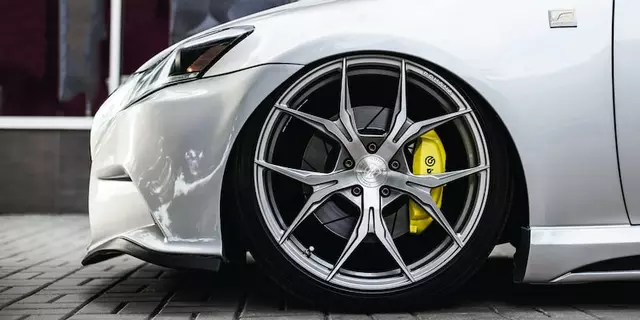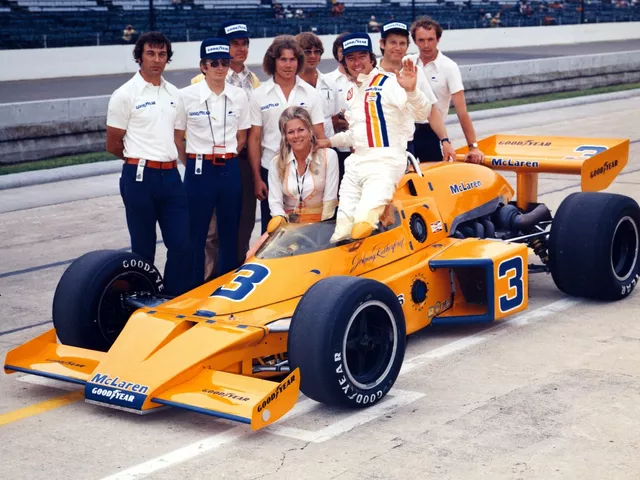Slipstreaming – The Simple Drafting Trick Every Racer Should Know
Ever wondered why the car right in front of you seems to cut through the air like a knife? That’s the slipstream, also called drafting. When you tuck behind another vehicle, you ride in its wind pocket, and the engine doesn’t have to work as hard. The result? Your speed bumps up without you pressing the gas harder.
When and Why to Use Slipstreaming
Slipstreaming shines on long straights where top speed matters more than cornering grip. In circuit racing, you’ll spot it on the main straight, the back straight, or any place where you can keep a steady line behind another car. The technique saves fuel, reduces tire wear, and can set you up for a clean pass at the end of the draft.
Even in bike racing, riders stack up to share the same aerodynamic benefit. It’s not just for pros; club racers and hobbyists use it all the time. The key is timing – you need enough distance to stay in the pocket but close enough to feel the pull.
Tips to Master the Draft
First, keep a steady gap of about one to two car lengths. Too close and you risk a tap; too far and the wind advantage fades. Use your mirrors to gauge the distance, and stay relaxed on the steering – sudden moves can break the airflow.
Second, watch the lead car’s behavior. If they brake or lift off the throttle, be ready to adjust. A sudden slowdown can yank you out of the slipstream and cost precious time. Anticipate their moves and stay smooth.
Third, plan your exit. As you near the end of the straight, pull out of the draft a little early. This gives your car time to build its own airflow before you make the pass. If you wait too long, you’ll lose the momentum you just gained.
Practice makes perfect. Try a few laps with a friend or a team car. Start by staying a safe distance, then gradually close in as you get comfortable. Record your lap times to see the speed boost – you’ll often shave half a second or more on a straight.
Safety is a must. Never try to slipstream in tight corners or heavy traffic. The wind may push you slightly off line, and that’s risky when you’re turning fast. Stick to clear, high‑speed sections where you can see the car ahead.
Different motorsports have their own quirks. In IndyCar, the high downforce means the draft lasts longer, so you can stay behind for multiple laps. In rally, the terrain is too uneven for a stable slipstream, so it’s rarely used. Knowing the specifics of your series keeps you ahead of the competition.
Finally, remember the psychological edge. Riding a slipstream shows confidence. Other drivers notice when you consistently stay in the pocket and may hesitate to block you, giving you more room to maneuver.
Slipstreaming isn’t a magic fix, but it’s a low‑cost, high‑reward tool that anyone racing can add to their skill set. Keep the gap right, stay smooth, and use the draft to shave seconds off your lap. Give it a try next time you hit the track – you’ll feel the boost instantly.
What is slipstreaming in MotoGP?
Slipstreaming is a common racing technique used in MotoGP. It involves one rider using the slipstream of another to reduce wind resistance and increase their speed. It is especially useful on long straights, where it allows riders to gain an advantage over their competitors. This technique can also be used defensively, as it can be used to prevent other riders from overtaking. Slipstreaming requires a high level of co-ordination between riders and can be a dangerous manoeuvre if it is not done properly.






